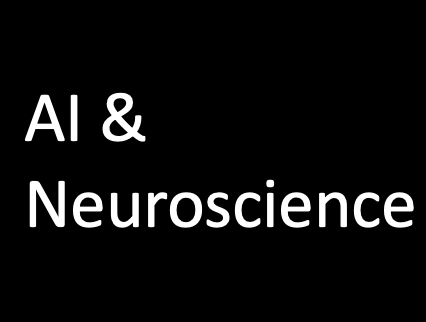Research Focus:
Multimodal biological models
Structure and dynamics of neuronal networks
Applications of computer vision in biomedicine, particularly in neurodegenerative diseases
Biomedical research is undergoing a profound paradigm shift driven by the rise and application of AI, particularly the recent development of large language models (LLMs). We aim to develop large models to advance "AI for Science" and "AI for Medicine." Our laboratory uses multi-modal data, including super-resolution imaging, electrophysiology, omics, and LLMs, as entry points to explore the structure, dynamics, and functions of multi-scale neuronal networks. This approach focuses on analysing the structural dynamics mechanisms of neuronal networks and their roles in disease models.
These models, with their powerful learning and reasoning capabilities, can process and analyse massive biomedical data, potentially uncovering hidden patterns and providing new insights. This approach will deepen our understanding of neuronal network structures and functions, predict mechanisms of neurological diseases, and offer scientific bases for early diagnosis and treatment.
This is certainly challenging work, given the complexity and diversity of multi-scale, multimodal biomedical data, which requires continuous innovation in data acquisition and processing. Combining imaging data with sequential data necessitates advanced algorithm design and optimisation. Additionally, training and applying LLMs demand substantial computational resources, prompting the exploration of new computing technologies and architectures.
Through interdisciplinary integration (mathematics, physics, engineering, biology, AI and medicine) and technological innovation, we aim to address current challenges and contribute to the advancement of biomedical research. We welcome students and scholars from the above backgrounds to visit and collaborate!

